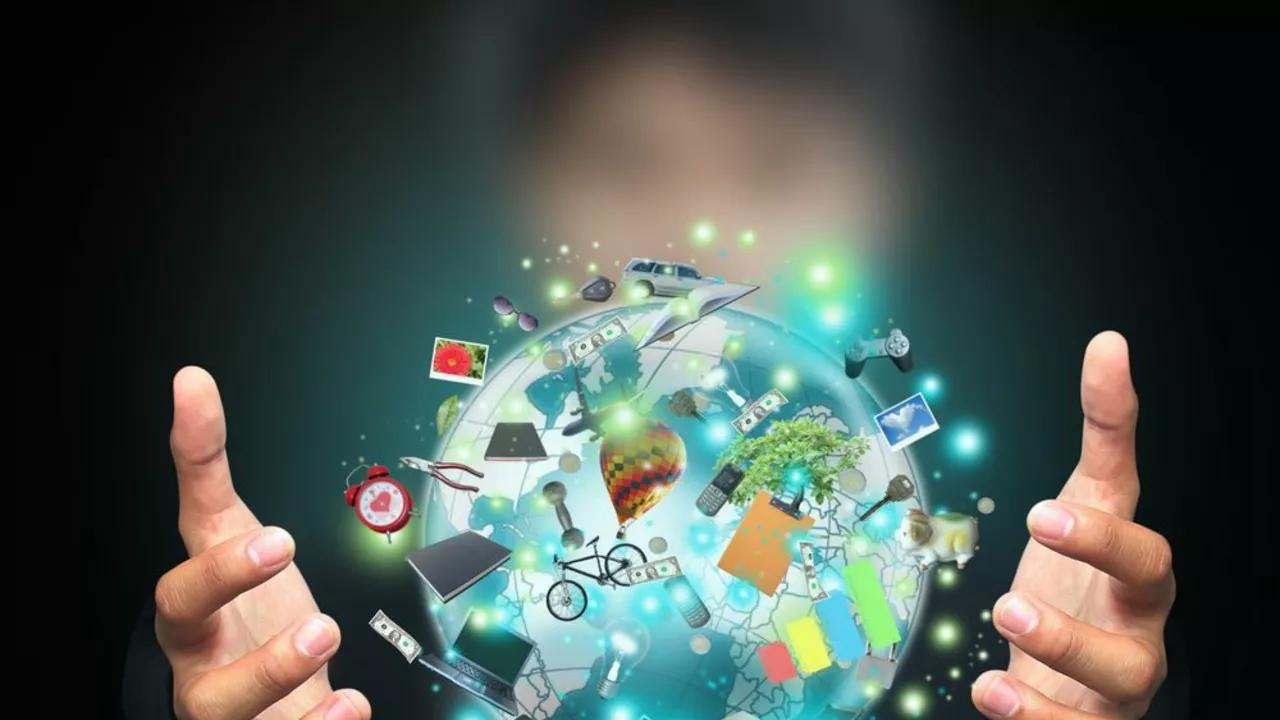Interdependence – Why Tech, Teaching, and Jobs Depend on One Another
Ever notice how a new gadget suddenly changes the way you study or work? That’s interdependence in action. When one piece of the tech puzzle moves, the rest of the system feels it. It’s not just a buzzword – it’s the glue that holds our digital world together.
Why Interdependence Matters in Tech
Take quantum computing, for example. Researchers need powerful hardware, software engineers need new algorithms, and investors need a business case. If any of those links break, the whole progress stalls. The same idea shows up in everyday stuff like Free Fire Max codes. Garena creates the codes, platforms deliver them, and gamers claim the rewards. Miss one step and the excitement disappears.
Even the word "tech" versus "technology" shows interdependence. The shorthand "tech" spreads because the industry pumps out products fast, and marketers need a snappy term. Language, product design, and user expectations all lean on each other, shaping how we talk about and use new tools.
Real‑World Examples of Interdependence
In the classroom, digital quizzes and VR field trips didn’t appear out of thin air. Teachers needed reliable devices, app developers needed clear curricula, and schools needed budget approvals. When all three line up, teaching becomes smoother. If a school cuts funding, the tech chain breaks and teachers slip back to paper.
Job markets illustrate the same pattern. Five years from now, AI roles will rise, but they rely on data scientists, cloud engineers, and cybersecurity experts. Recruiters must understand each niche to match talent correctly. If recruiters miss the link between AI and security, companies might hire the wrong person and face data breaches.
Sporting events also reveal interdependence. The Pallekele pitch report shows how weather, player stats, and stadium design interact. A dry surface favors spinners, but evening dew changes the chase dynamics. Fans, broadcasters, and betting platforms all adjust based on those interconnected factors.
Even burnout at Georgia Tech shows a chain reaction. Heavy coursework creates stress, which lowers performance, prompting more study hours, and the cycle repeats. Students need mental‑health resources, balanced schedules, and supportive peers to break the loop.
So, what can you do with this knowledge? Spot the links before they snap. If you’re a teacher, check that your tech tools have reliable support. If you’re job‑seeking, learn how new tech roles depend on older skills. If you’re a gamer, stay on top of code expirations so you don’t miss out.
Remember, interdependence isn’t a distant theory – it’s the everyday reality that makes our gadgets work, our classes run, and our careers move forward. Keep an eye on the connections, and you’ll stay ahead of the curve.
How does Science and Technology benefit one another?
Science and technology are two sides of the same coin, each driving the other forward. Technological advancements often rely on scientific discoveries, and similarly, new scientific research is made possible by technological innovations. For instance, the development of the microscope opened up a whole new world of scientific exploration. On the flip side, scientific theories often inspire the creation of new technologies. Thus, the symbiotic relationship between science and technology is key to the progression of our world.
View More